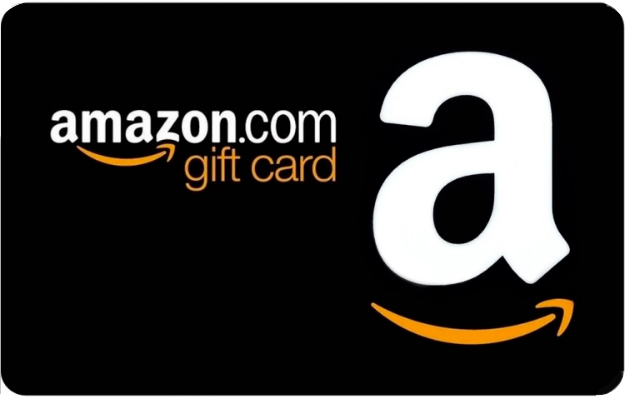Webinar
Think About Your Audience Before Choosing a Webinar Title
OnDemandLandingPage@2x.png?width=1540&name=2022-07-20(Yugabyte%20DO)OnDemandLandingPage@2x.png)
Sponsored by Yugabyte 
What You’ll Learn in This Webinar
The data layer is the next frontier for modernization. But is Distributed SQL, NewSQL or something else the best choice? We’ll explain the differences in these new database categories by examining real-world use cases that have led to new features and architectures. Modern use cases and app development have pushed database vendors to accelerate innovations and focus on reducing the number of compromises you as a developer, architect or operator need to make when choosing a database.
Whether you are a developer, DBA or IT leader, you’ll leave with a better understanding of how the database has evolved and what are key properties to consider to help you choose among the 300+ databases that exist today. If your organization is still leveraging legacy database architectures, then now is the right time to examine if you have a modern end-to-end stack—from the application to data to infrastructure—that delivers you a flexible, cloud-native environment.
In this webinar you will learn:
- What are the technical differences between NewSQL and the newer Distributed SQL database category
- Specific use cases that are accelerating the adoption of Distributed SQL databases by industry-leading enterprises
- Key database capabilities that will be important to your in the future and how they can help you shortlist the 300+ database options on the market







